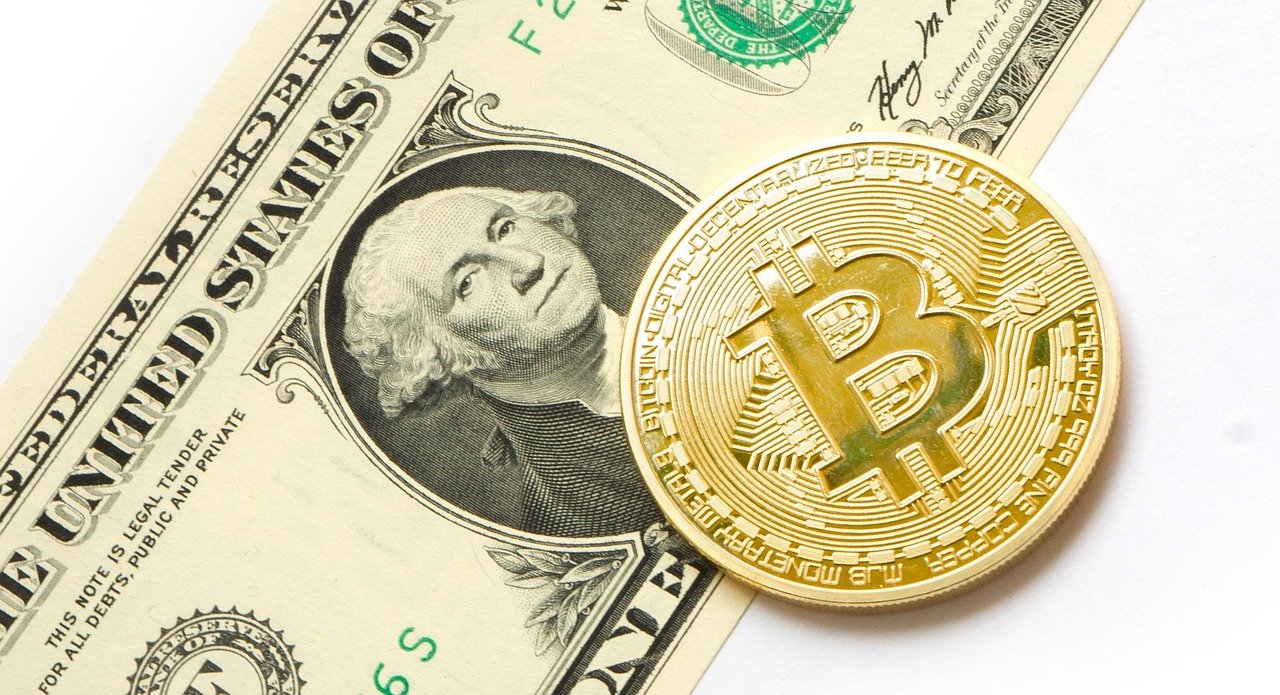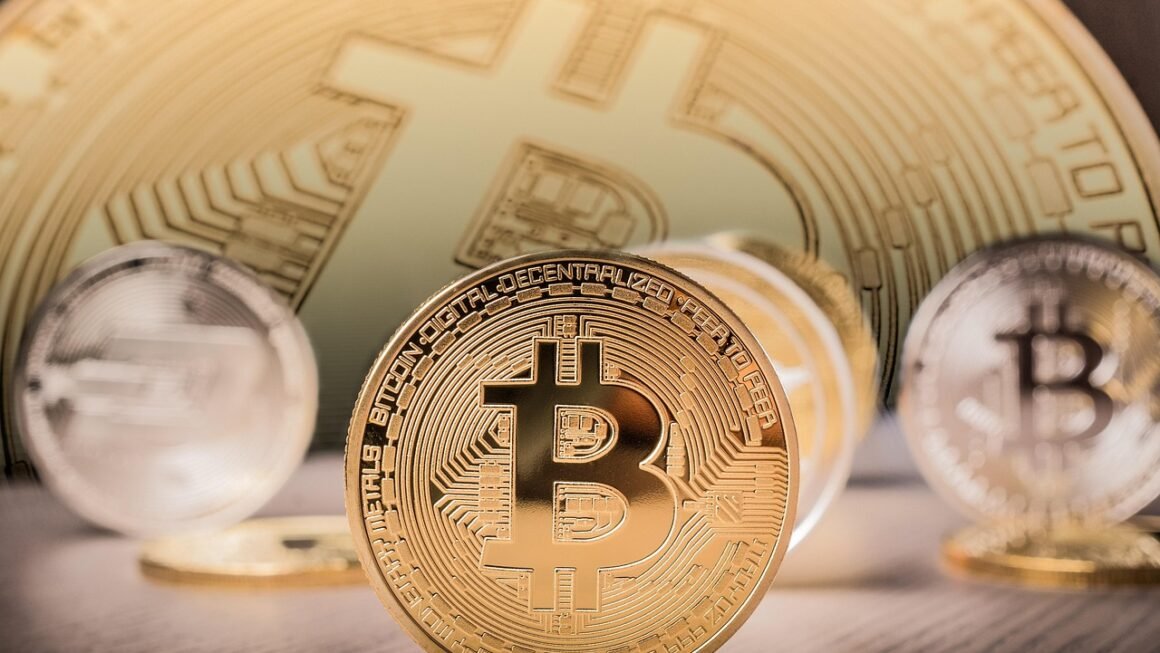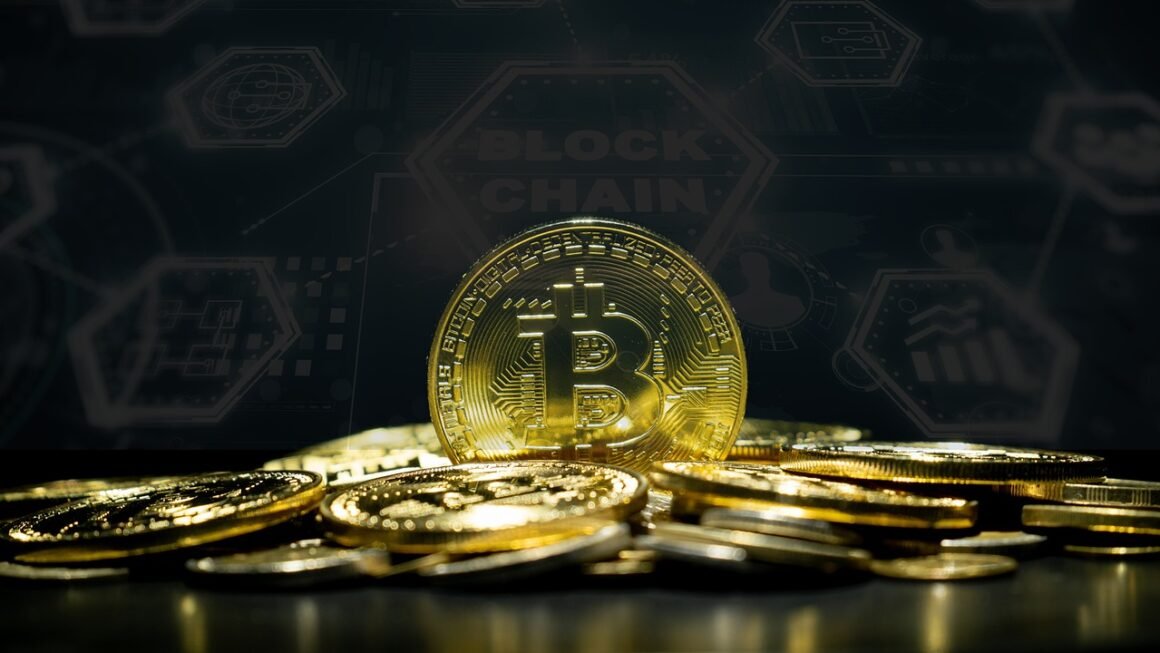NFTs – Non-Fungible Tokens – have exploded in popularity, capturing the attention of artists, collectors, investors, and tech enthusiasts alike. But what exactly are NFTs, and why are they causing such a stir? This comprehensive guide will delve into the world of NFTs, explaining their underlying technology, various use cases, and potential impact on the future of digital ownership and beyond.
Understanding NFTs: The Basics
What Does “Non-Fungible” Mean?
- Fungibility: This refers to an asset’s ability to be interchanged with another identical asset. For example, a dollar bill is fungible because it can be exchanged for another dollar bill, and they both hold the same value. Bitcoin is also fungible; one Bitcoin is equivalent to any other Bitcoin.
- Non-Fungibility: This means that each token is unique and cannot be replaced by another identical token. Think of a one-of-a-kind painting or a rare trading card; each is distinct and has its own specific value based on its unique characteristics.
NFTs Explained: Digital Uniqueness on the Blockchain
NFTs are cryptographic assets that represent a unique digital item. They are stored on a blockchain, which is a distributed, immutable ledger. This means that once an NFT is created (minted), its information – including ownership history and metadata – is permanently recorded and verifiable.
- Key Features of NFTs:
Uniqueness: Each NFT is unique and distinguishable from others.
Rarity: Some NFTs are intentionally created with limited supply, increasing their scarcity and potentially their value.
Ownership: NFTs provide verifiable proof of ownership recorded on the blockchain.
Indivisibility: NFTs generally cannot be divided into smaller units, unlike cryptocurrencies.
Transparency: The blockchain provides a transparent record of all NFT transactions.
The Technology Behind NFTs: Blockchains and Smart Contracts
NFTs rely on blockchain technology, primarily Ethereum, although other blockchains like Solana, Cardano, and Tezos are also gaining traction. Smart contracts are self-executing contracts written in code that automatically enforce the rules and conditions of an NFT.
- Smart Contracts Enable:
Automated Royalties: Creators can program royalties into the NFT smart contract, ensuring they receive a percentage of future sales.
Programmable Scarcity: Smart contracts can control the total supply of an NFT collection.
Dynamic NFTs: NFTs can be designed to evolve or change based on real-world events or data feeds.
Exploring NFT Use Cases
Digital Art and Collectibles
This is perhaps the most well-known use case for NFTs. Artists can tokenize their digital artwork, music, videos, and other creations, offering collectors a way to own verifiable originals.
- Examples:
Beeple’s “Everydays: The First 5000 Days”: Sold for $69 million, demonstrating the potential value of digital art NFTs.
CryptoPunks and Bored Ape Yacht Club: Iconic NFT collections that have become status symbols in the digital world.
Gaming and Virtual Worlds
NFTs are revolutionizing the gaming industry by allowing players to truly own in-game assets. This enables new gameplay mechanics, like play-to-earn (P2E) models, where players earn cryptocurrency and NFTs by participating in the game.
- Examples:
Axie Infinity: A popular P2E game where players collect and battle NFT-based creatures.
Decentraland and The Sandbox: Virtual worlds where users can buy, sell, and develop land using NFTs.
Music and Entertainment
NFTs offer musicians and entertainers new ways to connect with their fans and monetize their work.
- Examples:
Tokenized Music Albums: Artists can release limited-edition NFT albums that offer exclusive content, experiences, or royalty rights.
Virtual Concert Tickets: NFTs can be used as tickets to virtual or physical events, offering enhanced fan experiences.
Real Estate and Physical Assets
While still in its early stages, NFTs are being explored as a way to tokenize real-world assets, such as real estate, luxury goods, and intellectual property.
- Potential Benefits:
Increased Liquidity: NFTs can make it easier to buy and sell fractional ownership of assets.
Reduced Transaction Costs: Blockchain technology can streamline the transfer of ownership.
Improved Transparency: NFTs provide a transparent record of ownership and provenance.
Creating and Buying NFTs
Minting Your Own NFT
Minting an NFT refers to the process of creating a new NFT on the blockchain. This typically involves using a dedicated NFT marketplace or platform.
- Steps Involved in Minting:
1. Choose a Blockchain: Select a blockchain that supports NFTs (e.g., Ethereum, Solana).
2. Select a Marketplace: Popular marketplaces include OpenSea, Rarible, and Foundation.
3. Connect Your Wallet: Connect your cryptocurrency wallet (e.g., MetaMask, Phantom) to the marketplace.
4. Upload Your File: Upload the digital asset you want to tokenize (e.g., image, video, audio).
5. Add Metadata: Provide details about your NFT, such as its name, description, and properties.
6. Set Price and Royalty: Determine the price you want to sell your NFT for and set any royalty percentages.
7. Pay Gas Fees: You will need to pay gas fees (transaction fees) to mint your NFT on the blockchain.
Buying and Selling NFTs
NFT marketplaces provide a platform for buying and selling NFTs.
- Tips for Buying NFTs:
Do Your Research: Understand the project, the artist, and the community behind the NFT.
Consider the Rarity: Rarity can significantly impact the value of an NFT.
Check the Floor Price: The floor price is the lowest price at which an NFT in a particular collection is currently being sold.
* Use a Secure Wallet: Protect your cryptocurrency wallet with strong passwords and two-factor authentication.
Risks and Challenges of NFTs
Volatility and Market Speculation
The NFT market is highly volatile, and prices can fluctuate dramatically. It’s crucial to understand that NFTs are a speculative asset, and there is no guarantee of returns.
Environmental Concerns
Some blockchains, like Ethereum (prior to the merge), used a Proof-of-Work (PoW) consensus mechanism, which consumes a significant amount of energy. However, many blockchains, including the current Ethereum, use Proof-of-Stake (PoS), which is more energy-efficient.
Intellectual Property and Copyright Issues
NFTs do not automatically grant copyright ownership. It’s important to understand the terms and conditions associated with each NFT to avoid copyright infringement.
Security Risks and Scams
The NFT space is susceptible to scams and security breaches. Phishing attacks, fake NFT listings, and rug pulls (where developers abandon a project after raising funds) are common risks. Always exercise caution and do your due diligence before investing in NFTs.
Conclusion
NFTs represent a paradigm shift in digital ownership, offering creators and collectors new ways to engage with and monetize their work. While the NFT market is still evolving and faces challenges, its potential applications extend far beyond digital art and collectibles. Understanding the underlying technology, use cases, and risks is crucial for navigating this exciting and rapidly changing landscape. As blockchain technology matures and adoption increases, NFTs are poised to play an increasingly significant role in the future of digital commerce and beyond.



